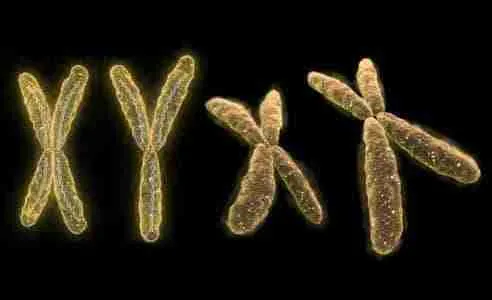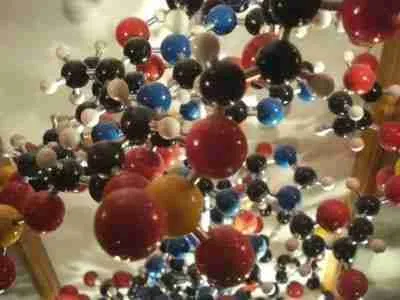Floral Morphology and Anatomy of Cruciferae

Cruciferae belong to the order Rhoeadales. It is a large family of 220 genera and fifty-two of these are represented in Great Britain. The members are chiefly herbaceous annuals or biennials with a few perennials. The inflorescence is characteristically a raceme or corymb. The flowers of cruciferae are hermaphrodite and built on a uniform plan throughout the family. Each flower is hypogynous, regular, and the parts cyclically inserted on the receptacle. The calyx is of four free petals alternating with the sepals. The androecium is of six introrse stamens arranged with each of an outer pair standing opposite one another and each flanking two inner pairs standing opposite one another. The inner four stamens have longer filaments than the outer two and the androecium is described as didynamous. Rarely, the outer two stamens may be suppressed. The gynaecium is syncarpous of two carpels and two ovules are marginally placed. The single loculus is divided into two by united ingrowths of the placentae to form a false septum across the ovary. The style is single and terminal but often two-lobed or flattened at the head.pollination is by insects but many species are self-fertile. The fruit of cruciferae is a variety of capsule known as silicula or a siliqua according to dimensions. It opens from the base by two halves, leaving the seeds attached to the placentae at either edge of the false septum.
Common wild genera include Capsella (shepherd’s purse), Cardamine (cuckoo flower), Cochlea (scurvy grass), Barbarea (yellow rocket), Sisymbrium (hedge mustard). Cultivated genera fo great economic importance for their foliage or roots include Brassica (cabbage, swede, turnip), Raphanus (radish), Nasturium (water cress). Those cultivated for their flowers include Cheiranthus (wallflower), Lunaria (honesty), Aubretia, Matthiola (stock), and Iberis (candytuft).


